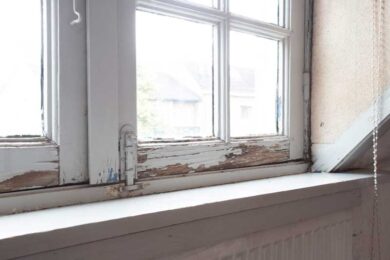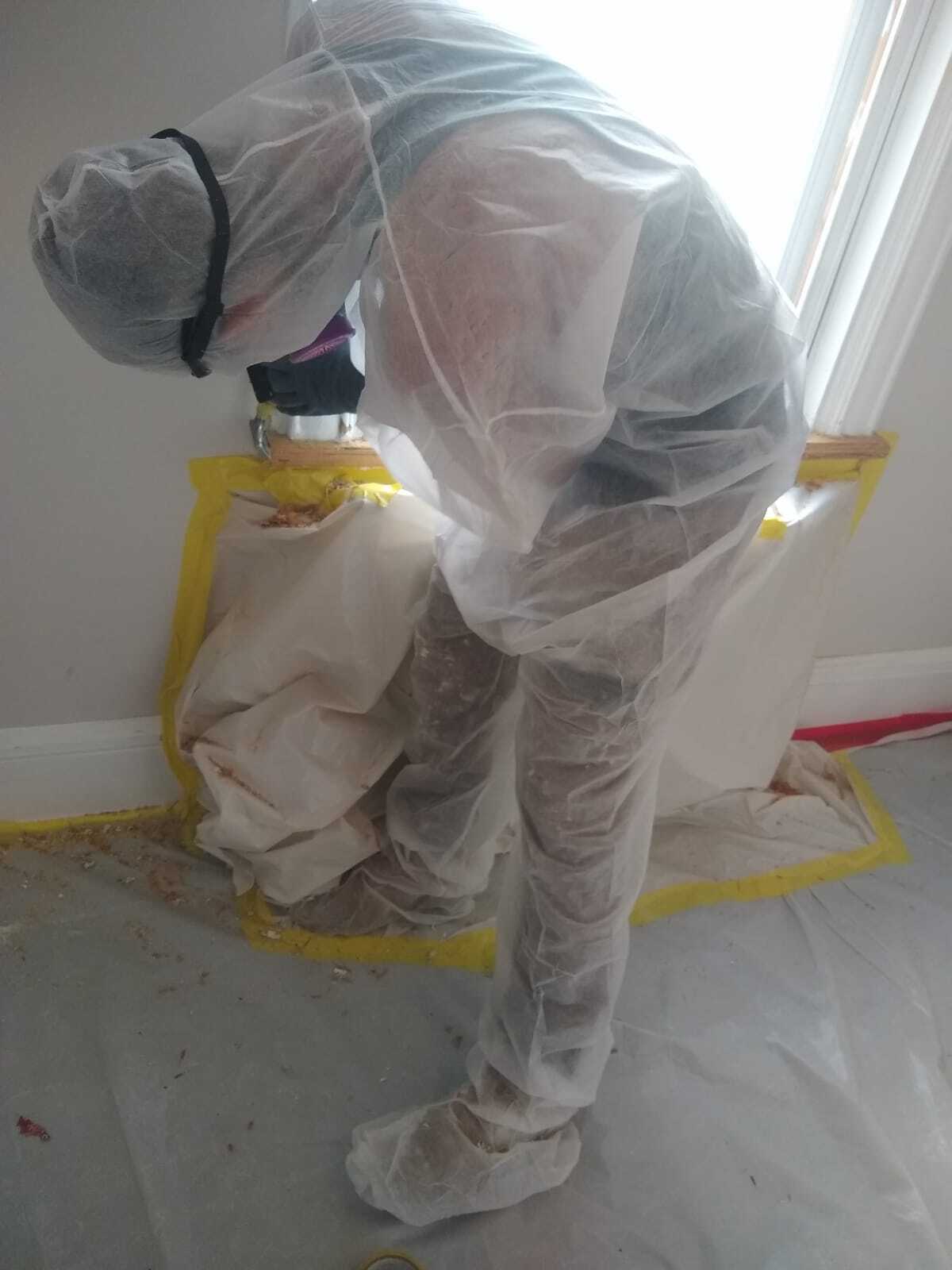Expert Lead Paint Removal Company-- Serving All NYC Boroughs
Wiki Article
Crucial Devices and Methods for Reliable Lead Violation Cleanup
Resolving lead infractions efficiently demands a comprehensive technique that mixes the right tools with calculated methodologies. Concurrently, the usage of specialized cleaning tools, such as HEPA vacuum cleaners and lead-specific cleaning agents, is essential for complete contaminant removal. Efficient control approaches, including plastic sheeting and unfavorable air stress systems, are essential to stop the spread of harmful products.Individual Protective Equipment
Individual protective equipment (PPE) is an essential part in the reliable administration of lead contamination clean-up. The vital PPE for lead cleanup includes respirators, safety garments, gloves, and eye protection.Respirators, particularly those equipped with HEPA filters, are indispensable for filtering system air-borne lead bits, avoiding breathing. Correct fit and seal checks are important to ensure their effectiveness. Safety clothes, including coveralls and non reusable fits, prevents lead dirt from adhering to workers' garments, lowering the danger of secondary contamination. Handwear covers, usually made of nitrile or latex, secure the skin from direct contact with lead, while security goggles or full-face shields shield the eyes from dust and particles.
Moreover, extensive training on the proper use and maintenance of PPE is crucial. Workers have to be informed on wearing and doffing procedures to avoid contamination. Routine examinations and replacements of PPE elements are essential to maintain their safety capabilities, making sure a secure and compliant clean-up procedure.
Specialized Cleanup Devices

Another important device is the wet/dry vacuum, which can properly clean up both dirt and fluid impurities. These vacuums commonly include HEPA filters to offer an additional layer of safety and security. Damp cleans or tack cloths are also vital for surface area cleansing; they are specifically developed to catch and hold lead bits, lowering the threat of spreading contamination.
For more stubborn deposits, specialized lead-removal cleaner are needed. These representatives are created to damage down lead fragments, making them less complicated to get rid of. Scrub brushes with sturdy bristles can aid in this process, especially on rough surface areas where lead dirt often tends to stick extra highly.
In addition, encapsulants are made use of to secure lead-contaminated surface areas, protecting against the launch of lead dirt. These specialized paints and coatings are created to stick to different substratums, supplying a long-lasting option for lead containment.
Effective Containment Approaches
Efficient containment methods are essential in reducing the spread of lead contamination during cleanup activities. Executing robust control approaches makes certain that lead fragments do not move to unaffected areas, thereby shielding both employees and the atmosphere. One main method is the usage of plastic sheet to seal off infected areas. Durable polyethylene barriers can be installed from flooring to ceiling to produce a controlled workplace, dramatically lowering the threat of air-borne lead dirt dispersal.
To improve control, encapsulants can be put on surface areas that are not being eliminated or interrupted. These specialized finishings bind lead dirt, minimizing its availability for resuspension. Furthermore, all personnel need to wear proper Individual Protective Devices (PPE), including respirators and disposable matches, to stop contamination spread.
Safe Disposal Practices
Making certain safe disposal methods is an important part in the management of lead contamination cleanup. Appropriate disposal alleviates the threat of lead coming back the setting and jeopardizing public health (DOH & HPD Lead Violation Removal NYC).Carrying lead waste needs adherence to stringent guidelines. Utilizing accredited unsafe waste carriers ensures that the materials are handled responsibly. Paperwork, including shows up describing the kind and quantity of waste, should accompany deliveries to track the waste from the website of beginning to its final disposal destination.
Designated contaminated materials disposal centers are geared up to deal with lead-contaminated materials safely. These centers often use innovative approaches such as stablizing, solidification, or chemical treatment to neutralize the lead prior to disposal. Landfilling in specialized, lined locations that stop leachate from polluting groundwater is a common technique for last disposal.
Routine training for personnel entailed in lead garbage disposal is important to maintain safety Lead Violation Removal in NYC and security requirements and avoid accidental direct exposure. By adhering to these practices, companies can considerably reduce the environmental and health influences connected with lead contamination.
Regulatory Compliance Tips

Sticking to governing compliance is critical in the effective execution of lead contamination clean-up. Comprehending and complying with government, state, and local regulations ensures not just the safety and security and health and wellness of people but additionally the legal and economic health of the clean-up organization. The Epa (EPA) establishes stringent requirements, such as the Lead Renovation, Repair Service, and Paint (RRP) Rule, which mandates appropriate qualification and training for professionals taking care of lead-based activities.
Compliance begins with a detailed assessment of appropriate legislations and guidelines. Organizations has to remain upgraded on any legislative changes, which can be helped with with routine training sessions and signing up for market updates. Documents is another crucial compliance aspect; preserving comprehensive records of all activities, including evaluation records, staff member training logs, and disposal shows up, is crucial.
In addition, involving with licensed lead assessors or run the risk of assessors makes sure that lead dangers are properly determined and reduced. Employers have to apply using Individual Protective Equipment (PPE) and ensure that safety methods are purely complied with. Lastly, clear interaction with stakeholders, including employees, customers, and governing bodies, will foster a culture of conformity and responsibility, ultimately adding to a more secure and much more efficient lead cleaning procedure.
Verdict
Effective lead violation cleaning requires the assimilation of specialized tools and strategic approaches to make sure security and efficiency. Individual safety devices (PPE) safeguards employees from direct exposure, while safe disposal methods and rigorous adherence to governing compliance are vital for properly managing hazardous waste.Report this wiki page